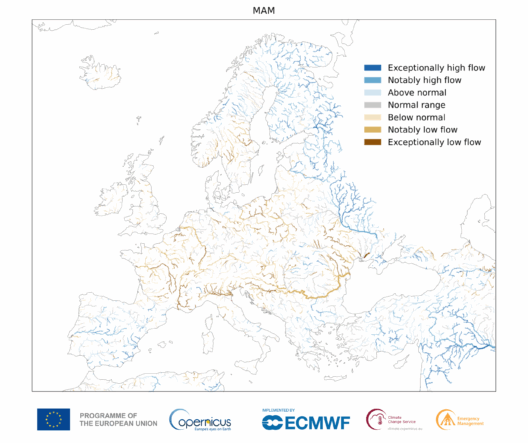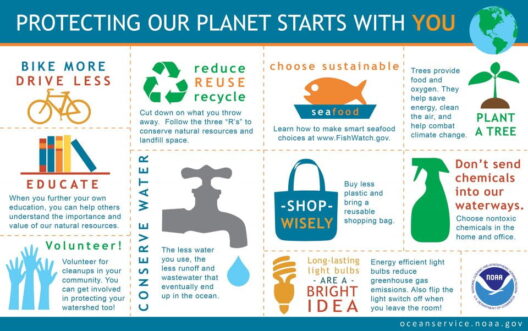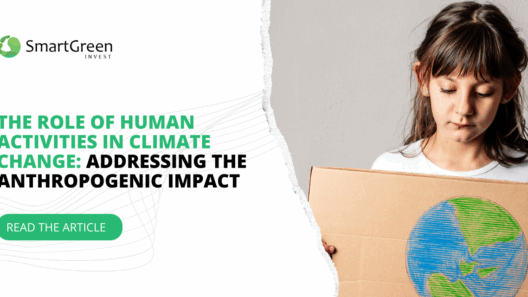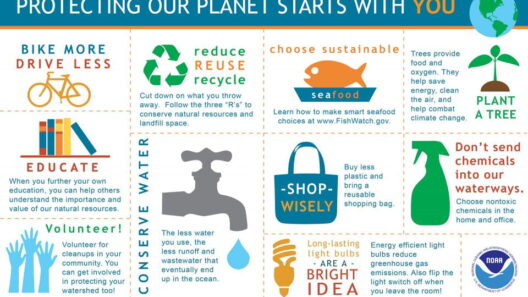Water, the quintessential element of life, is increasingly becoming a contested resource in the narrative of climate change. As global warming escalates, we observe a paradoxical shift in water availability—characterized by both unprecedented floods and debilitating droughts. The ramifications of this duality stretch far beyond immediate environmental consequences; they manifest profound socio-economic and geopolitical challenges that reverberate across the globe.
The phenomenon of climate change significantly alters precipitation patterns. Regions once known for their predictable wet seasons suffer from erratic rainfall, leading to both excess water and scarcity. Flooding has emerged as a recurring threat, particularly in low-lying coastal areas and river basins. Heavy rainfall events, exacerbated by warmer air containing more moisture, result in astonishingly swift inundation of urban landscapes. The aftermath is devastating: communities are displaced, infrastructure is damaged, and agriculture faces disruption. On a grander scale, the implications for water management are profound, necessitating a reevaluation of existing frameworks for flood control and disaster response.
However, the ecological balance is delicate, and the other face of water availability is famine. In regions where drought becomes the norm, agricultural productivity wanes. Crops fail, livestock perishes, and the specter of famine looms larger. Drought-stricken areas, often already vulnerable due to socio-economic instability, confront dire food shortages. This gnawing reality prompts the need for strategic interventions—not solely in terms of immediate relief, but also in fostering long-term resilience against hydrological extremes.
The interplay between floods and droughts can be largely attributed to the warming climate. Rising global temperatures lead to the melting of glaciers and the alteration of water cycles. In regions reliant on glacial melt for irrigation and drinking water, the initial increase in water availability can lead to complacency. Over time, however, as glaciers recede, the water supply diminishes. This gradual degradation of freshwater resources creates a ticking clock for affected communities, forcing them into a state of perpetual crisis.
In addition to the direct implications for humans, these shifts in water availability affect the entire ecosystem. Aquatic habitats suffer from both flooding and drought. Floodwaters can scour riverbanks and alter habitats, while drought conditions reduce the flow of critical waterways. Consequently, aquatic species face declining populations, and biodiversity is compromised. The ripple effect penetrates deep into food chains, ultimately impacting terrestrial species that depend on these aquatic resources.
Addressing the dual challenges of floods and famine requires an integrated approach to water management. Governments must prioritize investment in infrastructure that not only mitigates flood risk but also enhances water retention during dry spells. Techniques such as rainwater harvesting and the construction of sustainable reservoirs can significantly bolster water security in vulnerable regions. Moreover, adaptive agricultural practices, such as crop rotation and drought-resistant varieties, offer promising avenues for maintaining productivity in the face of changing climatic conditions.
Community engagement plays a pivotal role in the success of these initiatives. Grassroots movements and local knowledge must inform decision-making processes. When communities take ownership of their water resources, they craft tailored solutions that suit their unique environmental contexts. Education and awareness are crucial components; individuals must comprehend the impacts of global warming on water availability and be motivated to partake in local conservation efforts.
The implications of these water crises reach far beyond borders. Nations grappling with severe water shortages and agricultural failure may seek to secure resources through transboundary agreements or even conflict. Water scarcity is increasingly recognized as a potential driver of geopolitical tension. The Nile Basin, for instance, exemplifies the intricate web of dependencies that can lead to uncertainty and strife among nations as competing interests seek access to a shared resource.
As we navigate this complex landscape of climate change, prioritizing water equity must become a global imperative. Access to clean water should be viewed as a fundamental human right. When water resources are allocated equitably, societies foster resilience and sustainability. International cooperation is paramount; nations must come together to address the global dimensions of water scarcity and to share best practices for effective management.
In summary, the intricate relationship between global warming and water availability presents a daunting yet manageable challenge. As floods and famine become more prominent in the narrative of climate change, a comprehensive understanding of the factors at play is essential. Addressing these issues requires innovation, collaboration, and a commitment to changing systems that perpetuate inequality. Timely and concerted efforts can pivot us away from the precipice of crisis and lead toward a sustainable future where access to clean water becomes a reality for all.
It is within this framework that we can envision a world capable of adapting to the vicissitudes of climate change. Integration of science and community engagement will illuminate the path toward resilience. As water shortages become more widespread and the threats from flooding intensify, we must galvanize collective action that transcends borders and ideologies—ensuring that water privilege is transformed into water equity for generations to come.








